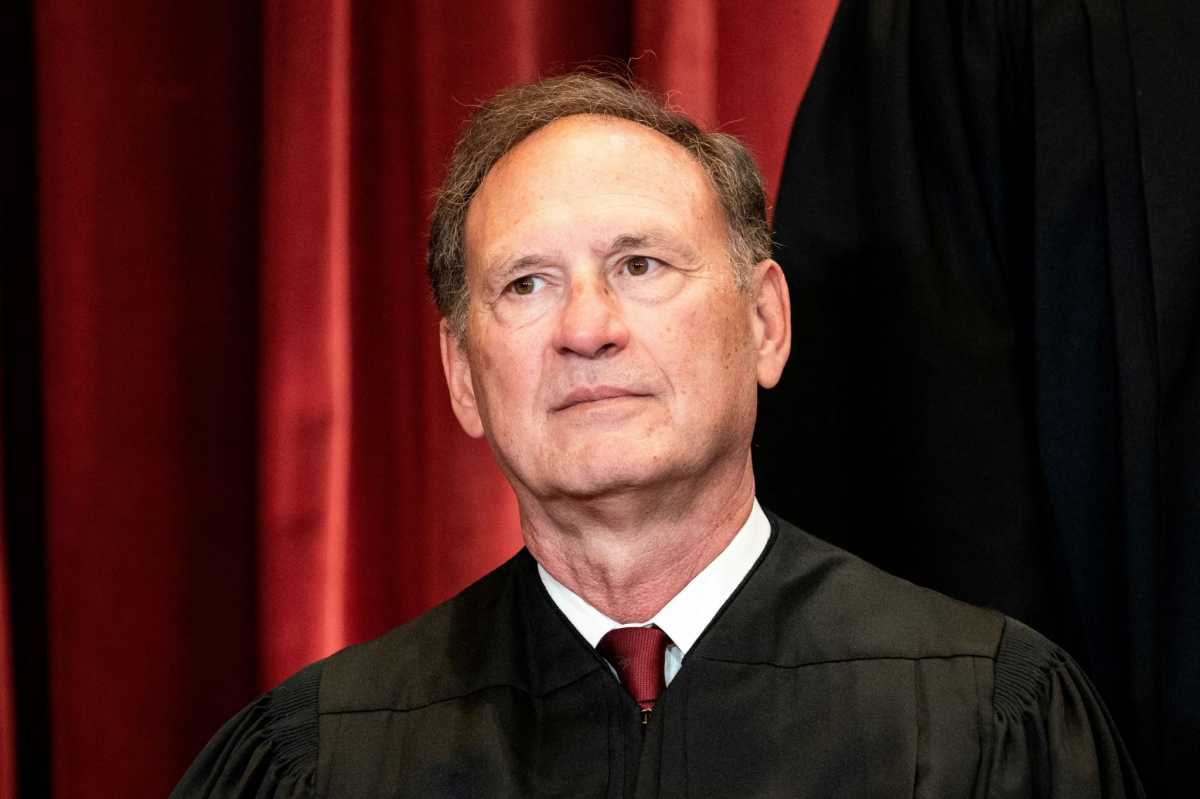Opinion
Supreme Court Justice Samuel Alito’s Confusing Address Raises Local Identity Issues

Samuel Alito resides in Fairfax County, but his address in Alexandria, Virginia, has sparked confusion in local identity.
Alito’s neighborhood in Fort Hunt is about six miles from Alexandria’s city hall, nearly as close as the Jefferson Memorial. He pays taxes to Fairfax County and is situated roughly five miles south of the nearest Metro station, likely necessitating a Fairfax Connector bus commute. Despite residing in Fairfax, he holds an Alexandria address in the eyes of many national outlets.
The intricacies of ZIP codes often lead to geographical misconceptions, much like how parts of Prince George’s County possess Hyattsville addresses despite being outside the actual city limits. Similarly, individuals in Fairfax County sometimes have Falls Church addresses despite Falls Church being an independent city. Virginia’s unique administrative setup can result in these confusions.
This geographical anomaly has prompted national news coverage that incorrectly associates events with independent cities nearby, as observed in previous instances reported by local media personalities. Recognizing these inaccuracies is crucial for maintaining regional identity.
City boundaries and ZIP codes do not always align, creating potential misunderstandings. It is essential to differentiate between independent cities and surrounding counties for accurate reporting and understanding of local geography.
Despite the ZIP code association, the embellishments on the flagpole outside Justice Alito’s residence do not fall under the jurisdiction or news coverage of the city of Alexandria. The distinction between city boundaries and postal codes is imperative for precise reporting on community events and figures.












